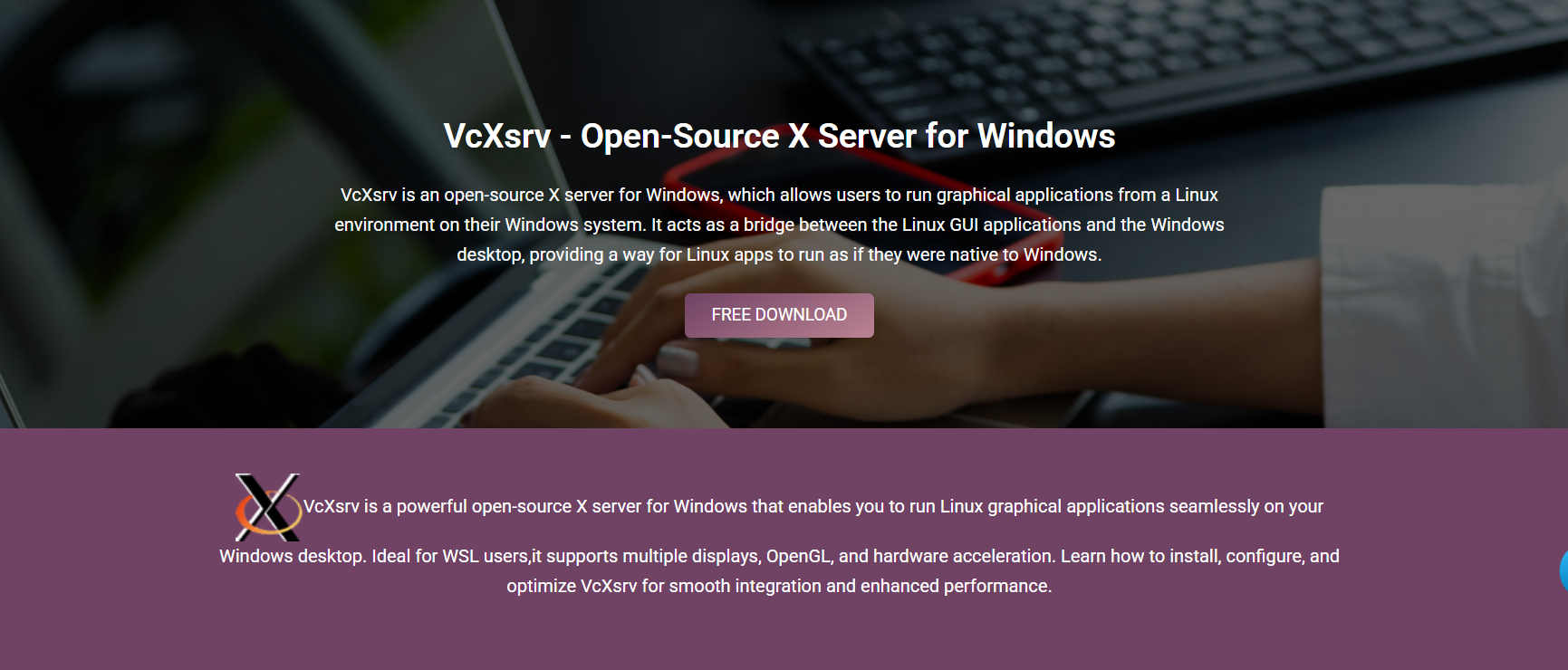Choosing the correct X server for Windows can significantly impact your Linux GUI workflow. Two of the most popular options are VcXsrv and Xming. While both serve the same purpose, displaying Linux GUI applications on Windows, they differ in functionality, licensing, and long-term usability.
VcXsrv has become the preferred choice for many developers and Linux users due to its open-source nature, active development, and compatibility with modern tools like WSL2. In contrast, Xming has limitations that can affect performance and access to features.
Licensing and Accessibility
VcXsrv Is Fully Open-Source
Released under the GNU General Public License, this open-source X server allows users to use, modify, and distribute it freely. VcXsrv benefits from this openness by encouraging trust and enabling ongoing community contributions that continually improve the tool. This openness builds trust and enables community contributions that will enhance the tool over time.
Xming Has a Limited Free Version
While Xming offers a free edition, its full-featured version requires a paid license. Some updates and critical features are locked behind a donation system, making it less accessible for casual or educational use.
Long-Term Access Matters
Open-source licensing ensures long-term availability. With VcXsrv, you don’t need to worry about future paywalls, licensing restrictions, or discontinued access to updates.
Feature Set Comparison
VcXsrv Supports Modern Extensions
VcXsrv is built on modern versions of X.Org, supporting newer extensions and better compatibility with current Linux distributions. This is especially helpful for apps requiring advanced graphical features.
Xming Lacks Some Modern Capabilities
Xming uses an older X server base. As a result, some new graphical libraries or toolkits may not function properly, especially when working with updated Linux environments or complex applications.
Better Integration with WSL2
VcXsrv works seamlessly with Windows Subsystem for Linux 2. It’s optimized to support newer networking stacks and dynamic IP detection. Xming can struggle with WSL2 or require additional manual configuration.
Usability and Configuration
Simple Setup with XLaunch
VcXsrv includes XLaunch, a GUI wizard that simplifies session configuration. Users can easily choose display options, enable clipboard sharing, and save settings for reuse.
Manual Setup Required in Xming
Xming often requires users to manually modify configuration files or launch commands. This can be time-consuming and confusing for beginners or those without technical backgrounds.
More User-Friendly for Beginners
With its modern interface and guided setup, VcXsrv is easier for first-time users. It offers a smoother out-of-the-box experience compared to the more outdated feel of Xming.
Performance and Reliability
Stable on Modern Systems
VcXsrv is actively maintained and tested on Windows 10 and 11. It performs reliably with newer graphics drivers, supporting high DPI settings and multiple monitor setups.
Fewer Crashes and Display Issues
Users report fewer crashes, rendering glitches, or unresponsive windows with VcXsrv compared to Xming. This makes it more dependable for professional workflows.
Optimized for Real-Time Workloads
VcXsrv handles real-time GUI feedback from Linux apps better. It’s ideal for developers working with live editors, graphical debuggers, or system tools that require constant updates.
Security and Control
Access Control Features Included
VcXsrv allows you to enable access control, preventing unauthorized apps from connecting to your X server. This is crucial in shared or networked environments.
Xming’s Security Is Less Transparent
With fewer updates and a closed development model, Xming’s security posture is unclear. Users have limited visibility into how vulnerabilities are managed or patched.
Compatible with Encrypted SSH Forwarding
Both tools support X11 forwarding over SSH, but VcXsrv handles this more reliably, especially when paired with modern SSH clients or remote Linux servers.
Community and Development
Actively Maintained by Open-Source Developers
VcXsrv benefits from active contributions and timely updates. Bugs are reported, discussed, and fixed openly, keeping the project relevant and secure.
Xming Development Is Slower
Xming’s development pace is slow, and changelogs are rarely updated. Users may wait long periods for fixes or enhancements—if they arrive at all.
More Community Support Available
Due to its popularity, VcXsrv has a larger user base and more online tutorials, GitHub discussions, and troubleshooting guides. Finding help is easier and faster.
Key Benefits of Using VcXsrv
- Fully open-source and free forever
- Seamless WSL2 and SSH integration
- Easy-to-use XLaunch configuration wizard
- Actively maintained with modern feature support
- Reliable performance across Windows 10/11
Use Cases Where VcXsrv Wins
Development in WSL2 Environments
VcXsrv is tailor-made for WSL2. It offers smooth GUI rendering and simple DISPLAY variable setup, perfect for coding and testing Linux apps on Windows.
Educational or Open Projects
Because it’s free and open-source, VcXsrv is ideal for students, educators, and contributors to open-source projects. No licensing hurdles get in the way.
Lightweight Linux GUI Access
If you only need to run a few Linux GUI apps occasionally, VcXsrv’s low resource usage and straightforward setup make it the best tool for the job.
Alternatives and Considerations
Commercial X Servers Like X410
If you require advanced graphics acceleration or customer support, X410 may be worth exploring. However, it comes with a cost and may be overkill for casual use.
Native WSLg on Windows 11
Windows 11 now includes WSLg, which allows Linux GUIs to be displayed natively. While WSLg is integrated, it’s not yet as customizable or robust as VcXsrv for power users.
Portable or Minimalist Setups
VcXsrv’s open-source nature allows custom builds or minimal installations. For portable use or scripting, it offers flexibility that Xming lacks.
Conclusion
VcXsrv is the superior choice over Xming for most users—whether you’re developing with WSL2, running Linux GUI apps over SSH, or simply need a reliable X server on Windows. It’s actively developed, easier to use, open-source, and better suited for modern workflows. By switching to VcXsrv, you gain stability, transparency, and enhanced performance without paying a premium.

